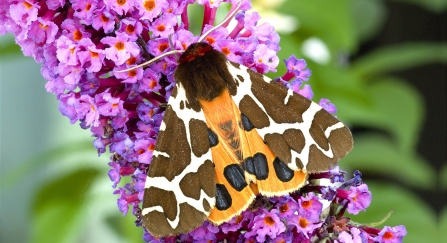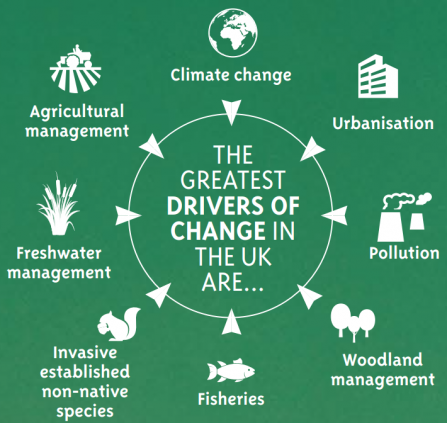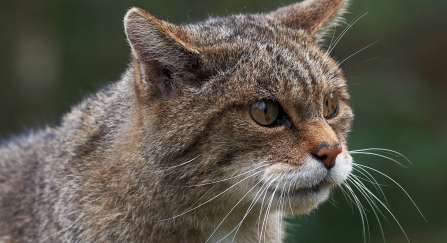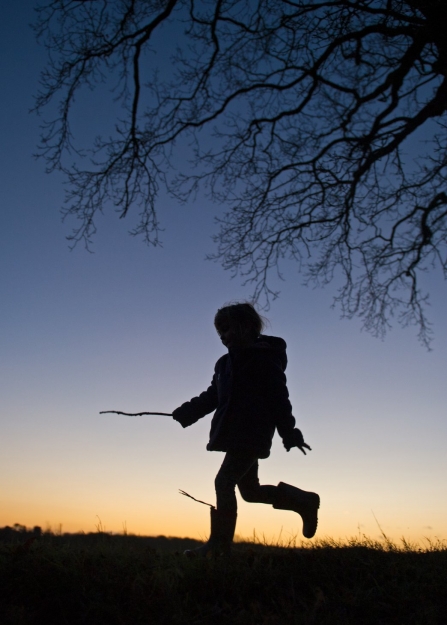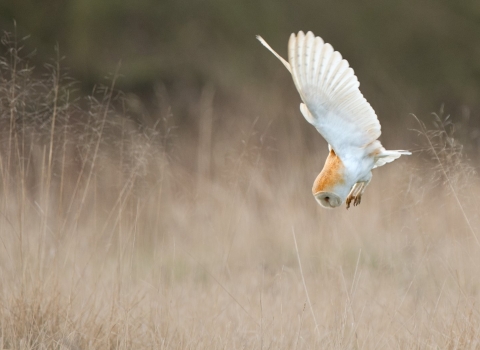The latest findings show that since rigorous scientific monitoring began in the 1970s there has been a 13% decline in average abundance across wildlife studied and that the declines continue unabated.
Following the State of Nature reports in 2013 and 2016, leading professionals from more than 70 wildlife organisations have joined with government agencies for the first time, to present the clearest picture to date of the status of our species across land and sea.
The State of Nature 2019 report also reveals that 41% of UK species studied have declined, 26% have increased and 33% shown little change since 1970, while 133 species assessed have already been lost from our shores since 1500.

